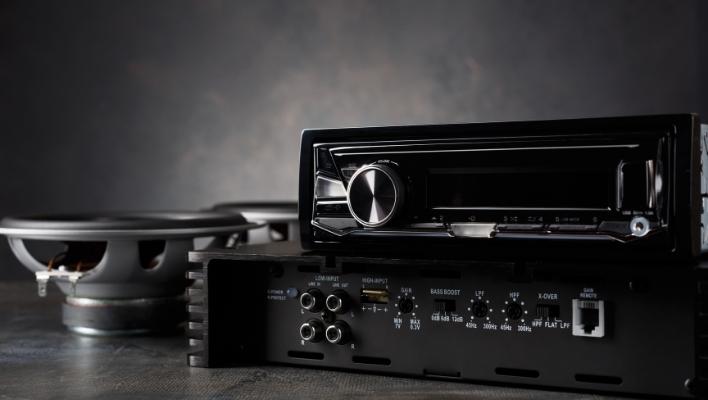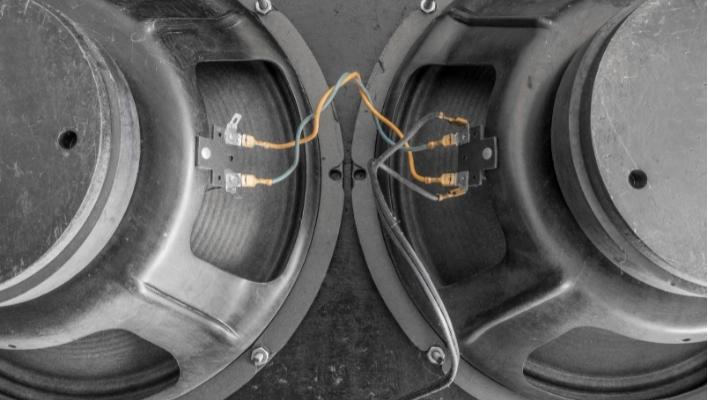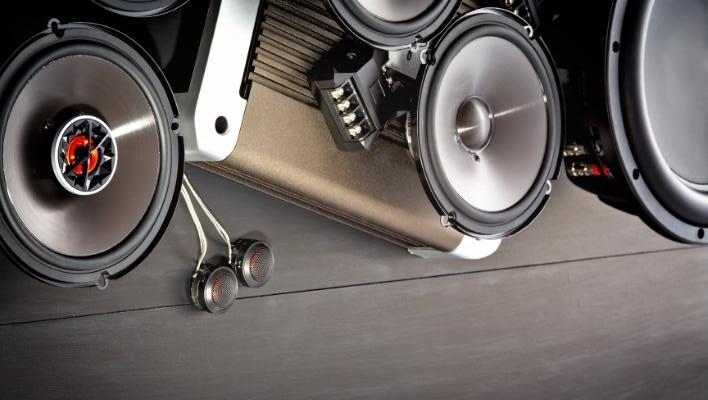If you’re a car audio enthusiast, you know that one of the most important things to get right is how you wire your speakers. The truth is, there are two ways you can ramp up your car audio setup: by investing in great-sounding speakers or a high-quality amplifier. Unfortunately, a high-quality amp might be costly, leaving you with the only option to wire your quality 4-Ohm car speakers to your existing 2 Ohm amp.
This article will explain how to wire 4 ohm subwoofers correctly to match up with 2 ohm amplifiers.
Planning to Wire 4 Ohm to 2 Ohm Amp? What to Consider
Firstly, consider the impedance of your speakers. The dual voice coils’ electrical resistance (or impedance) determines how much power is needed to drive your speaker and make it function properly. The higher the impedance, the more the amount of power you need to get your speaker working properly.
You also need to know what kind of amplifier you’re using. Amplifiers for car speakers or home theater audio systems (with a subwoofer) have a 2-ohm impedance rating. Such amps require you to use a wire with a 2-ohm resistance to connect it with your speaker.

Lastly, consider the best wiring method to use for your connection. If the wiring is done incorrectly, the sound gets distorted and could damage your car speakers. This is true, especially when using long wires or cheap materials like copper or aluminum instead of pure silver or gold for the conductors in your speaker cables.
Remember, the longer and cheaper the wire, the more likely it will be damaged by improper installation. So, which are the most preferred methods to use in your connection?
Methods Used to Wire 4 Ohm Speakers to 2 Ohm Amp
Numerous methods are used for wiring 4-ohm speakers to 2-ohm amps, so let me explain some of the top wiring configurations.

Parallel Wiring
Wiring your speakers in parallel is the best option to add more power to your system. It’s also a great way to set up multiple sets of speakers and have them run off from one source. So how do you go about the parallel wiring?
Step 1: Connect the Wires Properly
Ensure all of your wires are connected correctly before proceeding with the wiring process. Otherwise, you may end up damaging your speakers or amp.
Step 2: Connect all of the positives on each speaker
Connecting all the positives is easy and should only take a few seconds. Just twist and wrap them with electrical tape or heat shrink tubing so there’s no chance of touching anything else on the speaker cable.
Step 3: Connect one negative wire from each speaker together, then connect it directly to the ground on the amp
Connecting one negative wire from each speaker will require some soldering or crimping, depending on the type of connectors you use for this step. Once again, wrap them with electrical tape or heat shrink tubing, so there’s no chance of touching anything else on the speaker cable. Then connect this single wire directly to the ground on the amp.
Pros of Parallel Wiring
- Possible to run your amp at full power without risking overloading it.
- Provide more power than a single 4-ohm amp
- Better sound quality because the impedance of the speaker remains the same
- Ideal solution if you want more control over your sound quality and volume levels but don’t want to spend extra money on new equipment.
Cons of Parallel Wiring
- The power output of the amp decreases by 1/2.
Series Wiring
The easiest way to wire 4-ohm to 2-ohm amp is by using an impedance matching transformer. It ensures you connect them in series without any other components. For instance, if you have 2 ohm and 4 ohm speakers, you can wire them up in series to get an 8 ohm load that a 2-ohm car amplifier can drive.
To wire 4-ohm speakers to a 2-ohm amp in parallel:
- Connect one of the speakers’ positive terminals using wire or jumper cables. Attach these wires/cables to one end of your resistor.
- Connect one of the speakers’ negative terminals using wire or jumper cables. Attach these wires/cables to another end of your resistor.
- Connect the other ends of your resistor directly into one terminal on each speaker.
Pros of Series Wiring
- You can run these speakers on a lower wattage amp and still achieve good sound quality.
- You can get more power from your speaker to turn up the volume more than usual and not have any sound distortion.
- It gives more power to drive your speakers, so they’ll be able to play louder with less distortion.
- Perfect choice if you have a high impedance speaker that requires higher wattage.
Cons of Series Wiring
- The setup can cause the speakers to overheat and potentially damage them.
- Not the best for premium sound quality

Wrapping Up
Hooking speakers to an amplifier is something that many car enthusiasts do without much thought. But you have to watch out for some things, especially when pairing a 4 ohm subwoofer with a 2-ohm amp. The best practice is to match the speaker’s impedance to the amplifier impedance. That way, you get crisp sound while increasing the longevity of your speakers.
We hope you have correctly installed your 4 ohm subwoofer in your car. Please feel free to leave us a comment below with any questions, concerns, or suggestions.
